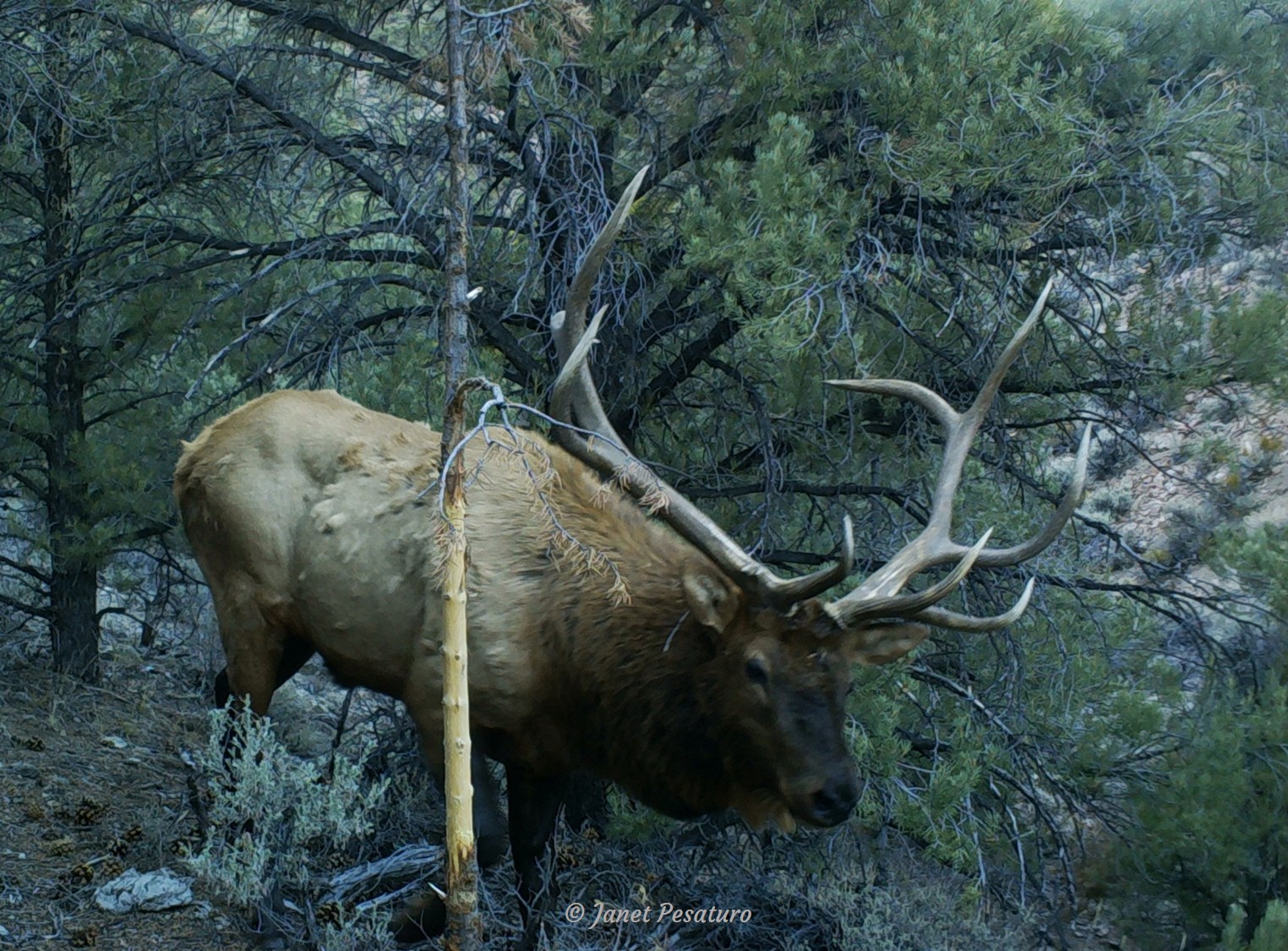
The elk, Cervus canadensis (formerly Cervus elaphus canadensis), is one of the largest members of the deer family. Its tracks and sign are similar to those of deer, but think larger hooves, longer strides, larger scat pellets, and look for feeding sign and antler rubs higher on trees. Identifying elk tracks and sign is essential for camera trapping the species and rutting sign is especially useful because animals tend to re-use these spots. The elk in the photo above was captured with a trail camera targeting the antler rub (see below under “rutting behavior”) because the bull was likely to return.
Table of Contents
Tracks and trails
As members of the deer family, elk have cloven hooves. Elk tracks are larger than deer tracks and smaller than moose tracks, but overlap in size with both deer and moose tracks. However, elk tracks are noticeably rounder. Front tracks of an adult are about 4 inches long and wide. Hind tracks are smaller and narrower, about 3 1/2 inches long and 3 inches wide. Like deer and moose, elk have 2 dewclaws on each foot, situated higher up on the leg. In soft substrate or when the animal is running, hooves may splay and dewclaws may register.
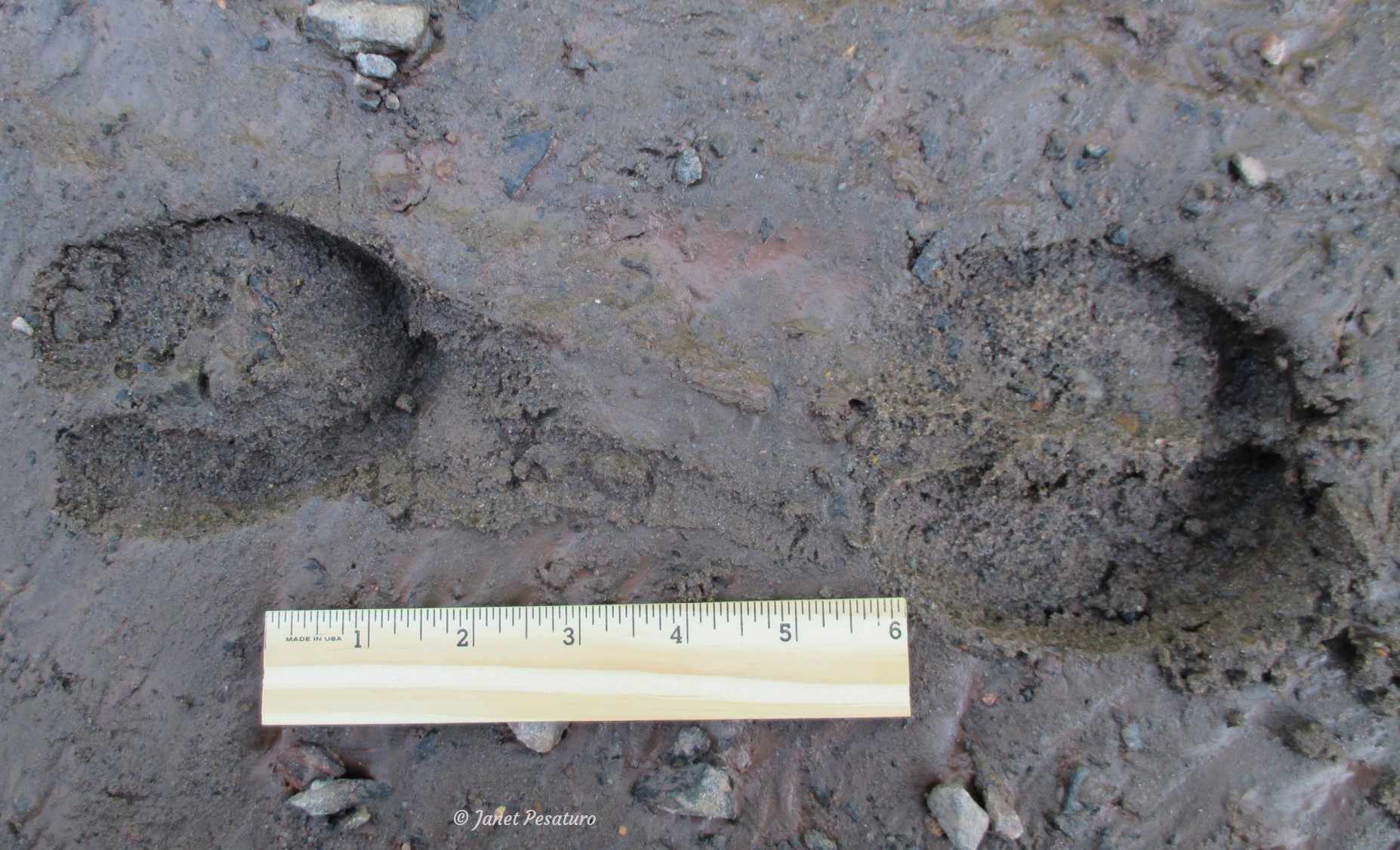
Elk usually travel in an alternating walk with a step length of 1 1/2 to 3 feet, and a trail width of 7-13 inches. But because they are social animals which travel in groups, you often find a mess of tracks left by multiple animals rather than a nice clear trail pattern of one individual.
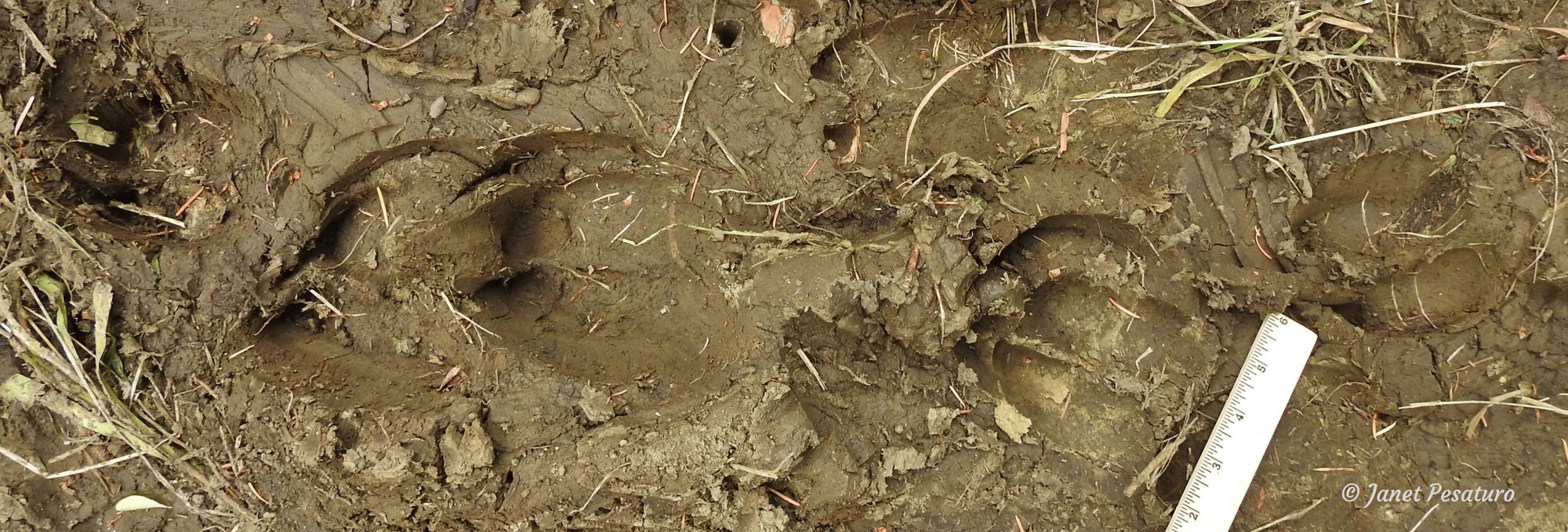
Scat
Elk excrete pellets measuring about 3/4 inch by 1/2 inch. Dry forage, commonly consumed in winter, results in discrete pellets. A diet of moist, lush vegetation results in clumped pellets or even pies.
Feeding sign
To find feeding sign, you must know the animal’s diet. In spring and summer, elk feed on grasses, sedges, forbs, aquatic plants, and leaves of trees and shrubs, such as aspens, willows, serviceberry, and chokeberry. In winter they paw through the snow for grass and eat the twigs and bark of trees, especially aspen. Grass makes up a larger portion of the elk’s diet than the deer’s or moose’s diet.
The key to find grazing and browsing sign is ragged ends: Like deer and moose, elk have lower incisors but not upper incisors, so they cannot make clean cuts through plants the way rodents and rabbits can. Instead, they tear vegetation between their lower incisors and the upper hard palate, leaving frayed ends. When consuming bark, they scrape upward with their lower incisors, often leaving frayed bark at the upper end of the scrape.
When you find ungulate feeding sign, consider the height. Deer feeding sign is usually 1-3 feet above the ground, moose sign 3-7 feet off the ground, and elk sign is in between, overlapping with both deer and moose. Snow pack allows each species to reach even higher. Obviously it’s not always possible to determine the species based solely on feeding sign, so look for scat and tracks, as well.
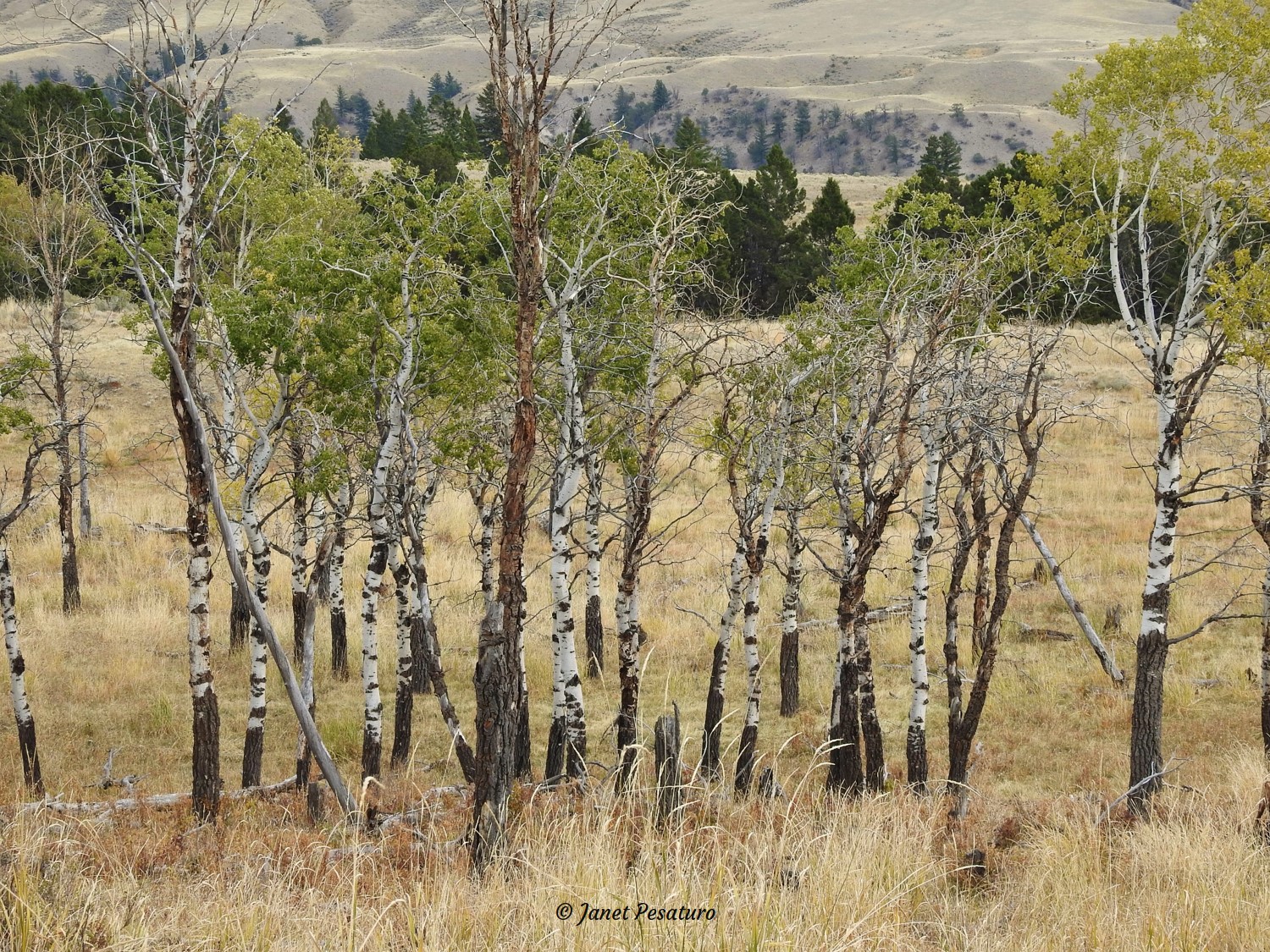
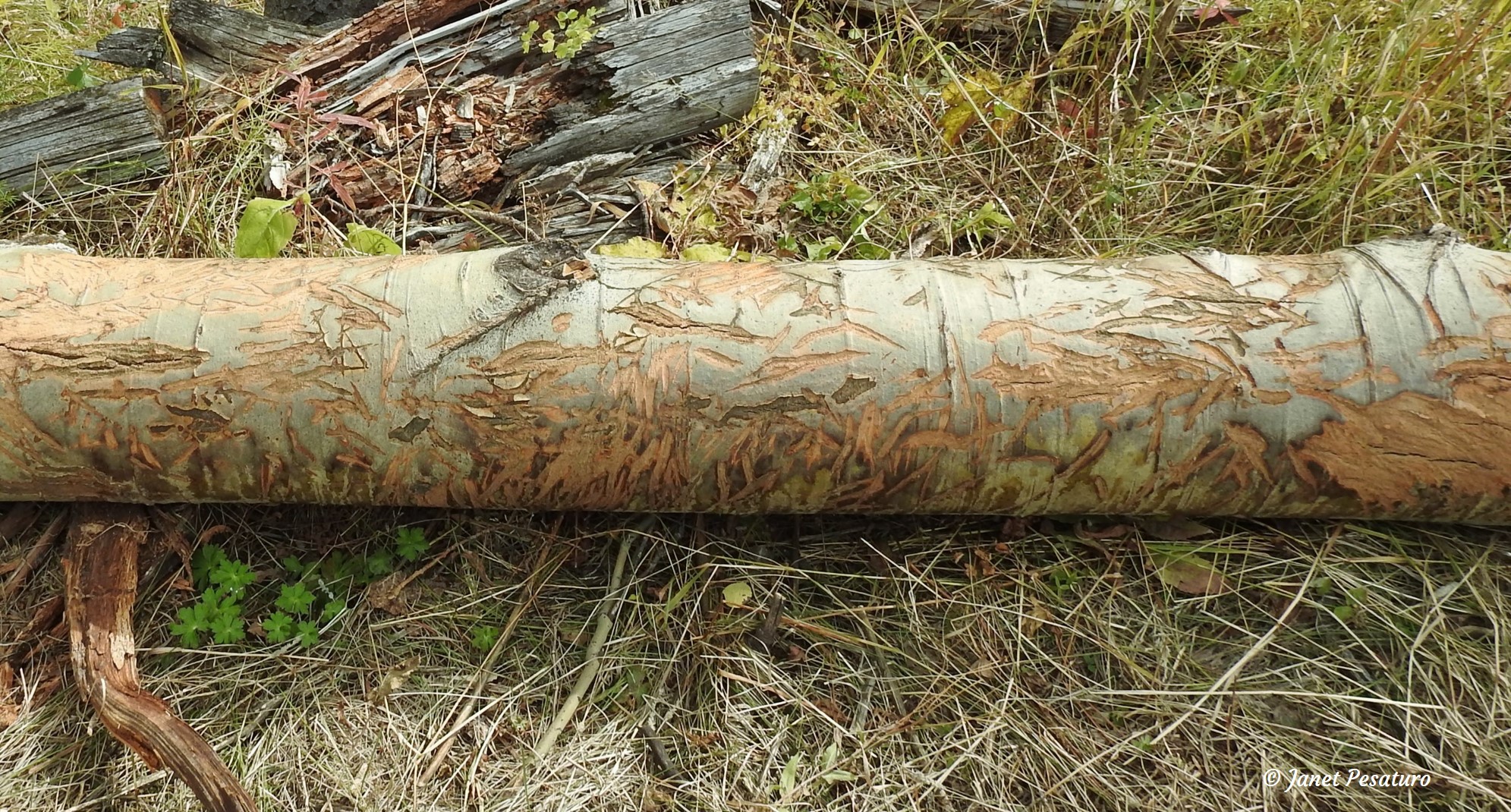
Rutting sign
During the elk rut, spanning September and October in the north and more spread out in the south, bulls thrash and rub their antlers and foreheads on trees and shrubs, leaving behind broken branches, stripped bark, and sometimes hair. They also leave behind scent from their pre-orbital glands, thus communicating with other elk. Conifer saplings are often used, and the rubbed area is usually 2-5 feet above the ground. Bulls also create wallows in moist areas by churning up mud with hooves and/or goring with antlers. He urinates into the scrape and onto his neck and then sits down into the pit and rolls his neck, caking his mane with urine-soaked mud.
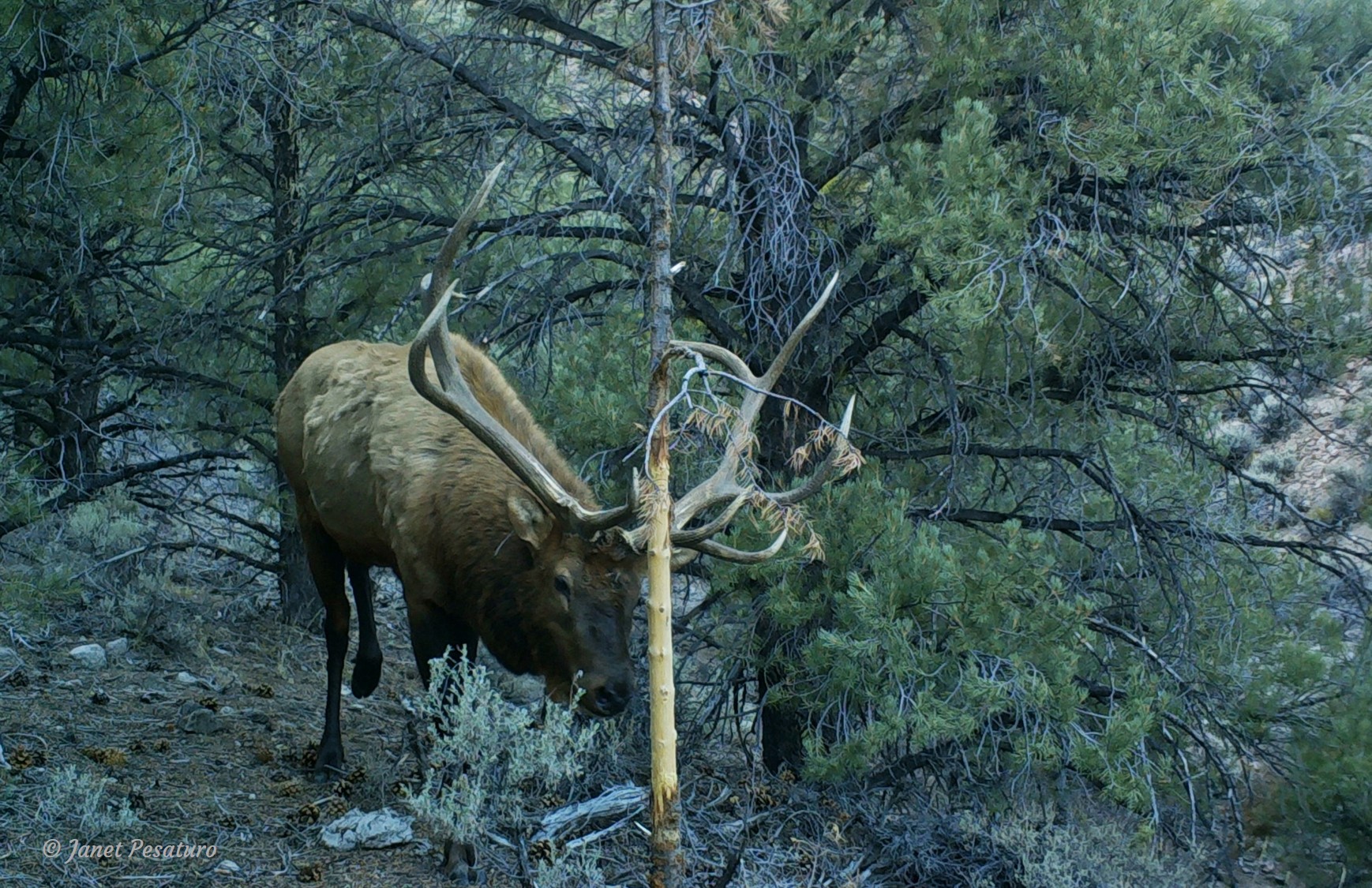
Do you have any questions or pointers about finding or identifying elk tracks and sign? Feel free to share in a comment below.
Sources
Elbroch, M. Mammal Tracks & Sign: A Guide to North American Species. Mechanicsburg, PA: Stackpole Books, 2003.Rocky Mountain Elk Foundation: Elk Basics.
Related Posts
White-tailed Deer Scrape ActionMoose Hooves and LegsPronghorn Tracks and Sign








































